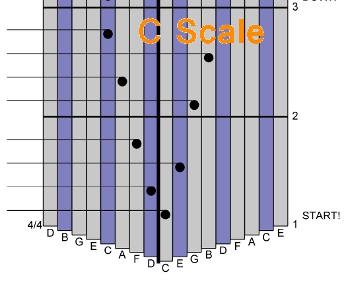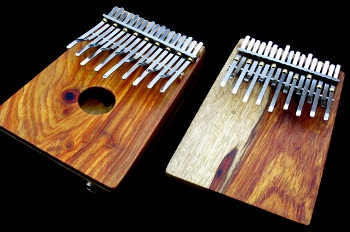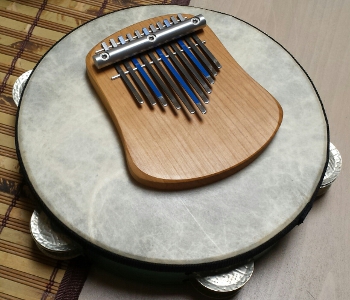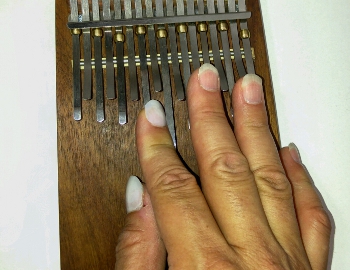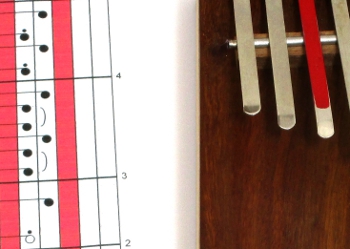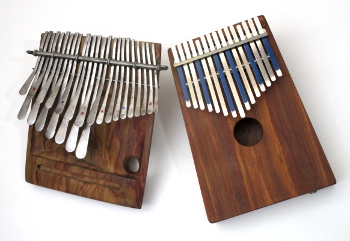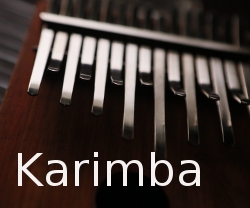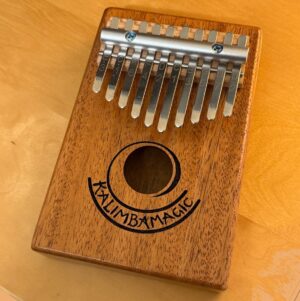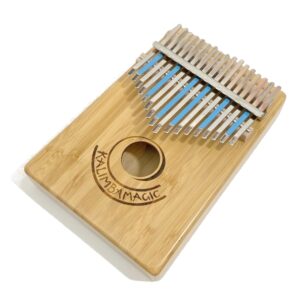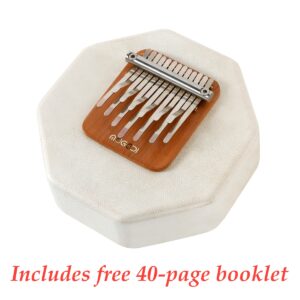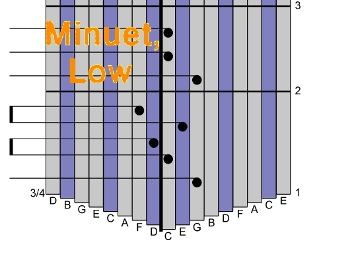
Little Bits of Music – Playing Scales 2
Here is a song you know that utilizes the scale in its melody A Box Lotus and a Regular Lotus Karimba This series of tips is about scales and how useful they are for the kalimba player. The scale zigzags back and forth, left and right on your kalimba, gradually moving toward ever-shorter tines (to go up) or ever longer tines (to go down the scale). But why learn scales at all? Because they are useful. Check out Bach’s “Minuet in G” – yes, transposed to the C kalimba. If you can play your scales, you have already mastered half the notes. (By the way, the tablature here is
